As a parent, having good organizational skills is important, no matter if you will use them for your job, household, or kids. Not only that but keeping everything in order teaches your children to be the same and this is one good and very useful habit that will stick with them forever.
However, as a parent, especially a working one, it might seem like it is never easy to have everything in order and under control. This can all change by getting your entire family involved in staying organized and taking care of different responsibilities, assignments, and things.
Your kids will benefit from learning how to be and stay organized and although it will probably take some getting used to in the beginning, it will be worth it in the long run. But before anything, one must set examples of what being organized looks like. So here are some items you can use to help you organize your children, but also teach them a valuable lesson on responsibility and organization.
Contents
1. Shelving Units and Shelf Dividers

Source: stylehomes
Your children will need shelving units no matter if they are bookcases, shelves mounted on a wall or open-backed ones. They are great for holding books and folders but also numerous boxes and baskets with toys and other items.
Shelf dividers might come in handy if your children share a room since they will be able to separate their belongings this way.
2. Stationery Holders
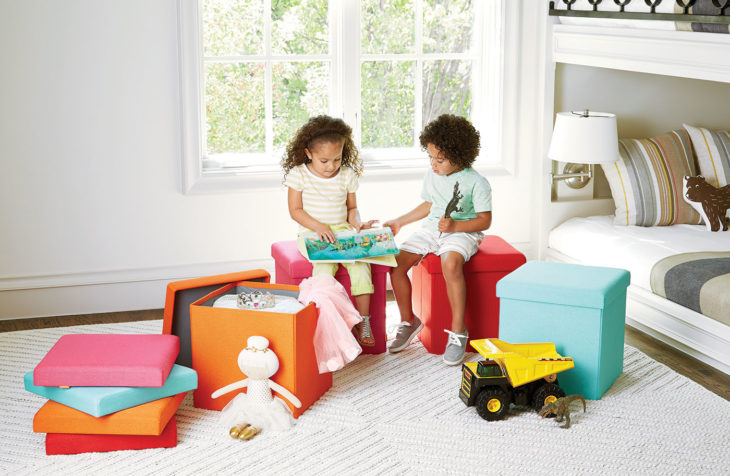
Source: njfamily
Having several holders for every type of stationery makes everything organized and easily accessible. Dividers can also be placed on desks, so your children can neatly arrange their schoolwork, notebooks, papers, and everything else they might need.
If your child enjoys arts and crafts, creating a small art area in the room might be a great idea. You can get them baskets that can hold various supplies from paper and pencils to paints, watercolors, and more.
3. Organizers on the Back of the Door
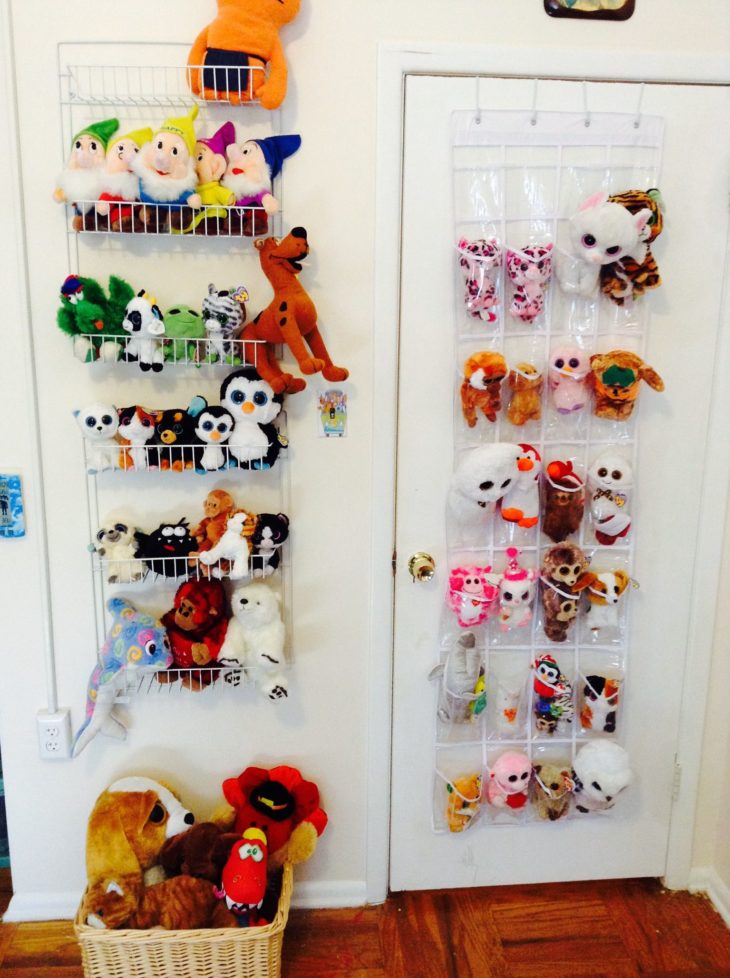
Source: pinterest
Installing back-of-the-door organizers or simply attaching decorative hooks can teach your child how to responsibly put away their belongings as soon as they come home. Make sure they have enough space to hang their school bags, jackets, and you can even add a few for items such as hats.
4. Dresser
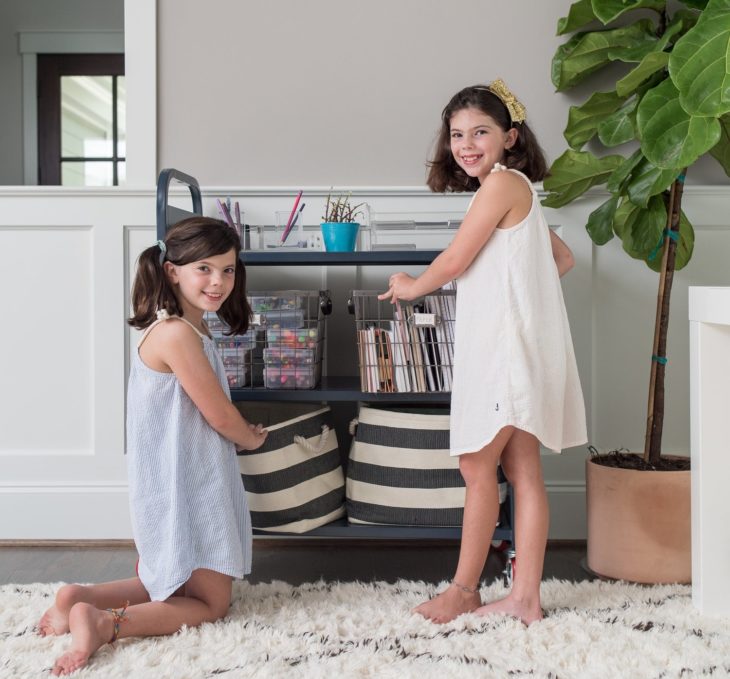
Source: rachelrosenthal
This might seem like an obvious thing to have in any bedroom, however, it is a great way to teach your kids how to neatly put away clothes as soon as their old enough to do it by themselves.
For younger children, using pictures with different clothing items might be helpful and it will teach them how to properly group clothes in the dresser or drawers.
Make sure they also have a laundry basket and that they always throw their dirty clothes in it. On laundry day, they can help you separate the items before they go in the washing machine and also put away clean clothing as soon as it is given to them.
5. Closet Organizer
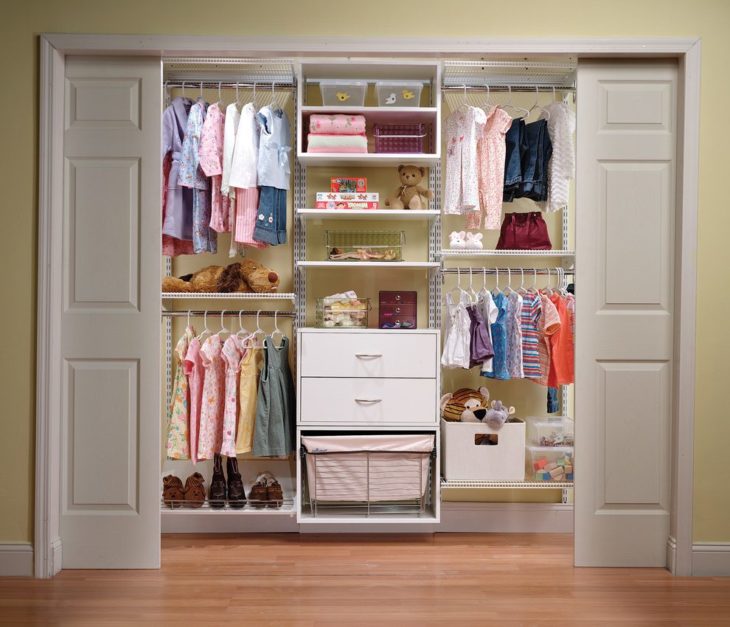
Source: babywatchome
Simple closet organizers that are low enough for your child to hang their clothes on might be very useful and practical. Adding a few shelves in the closet or using a hanging pocket organizer will provide some space for storing shoes or other accessories.
6. Through Storage Bins
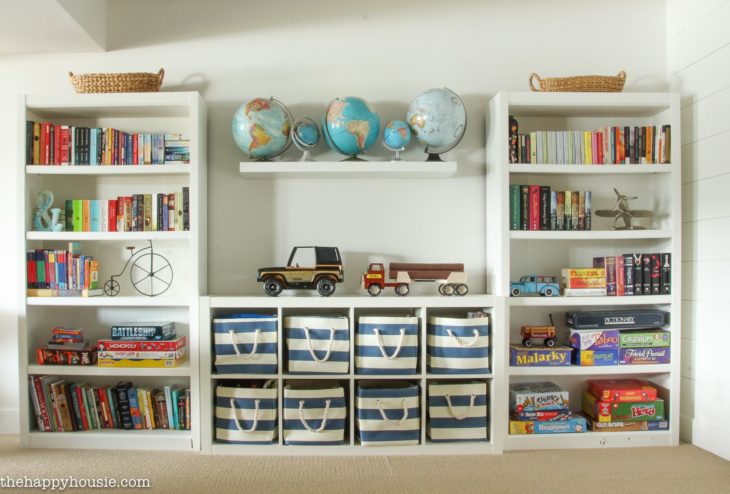
Source: countryliving
They are practical since anything can be stored in them from toys, arts and crafts supplies, stationery to drawings, paper, books, notebooks, and much more. See-through ones will allow your child to easily find what they are looking for and they are also great because they can be stored anywhere. On shelves, in the extra closet space, and even under the bed.
7. Kid-Friendly Labels
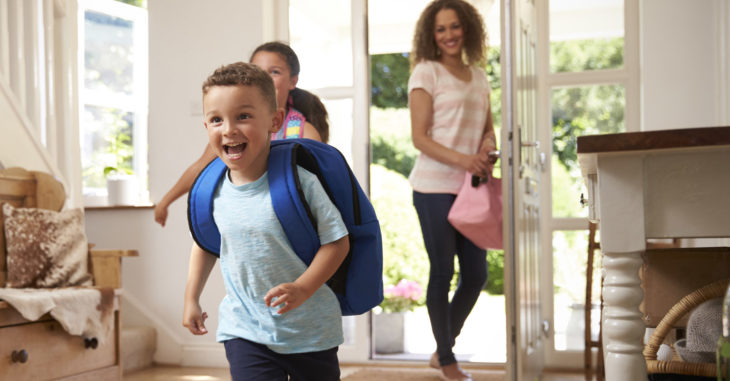
Source: amfam
Another great way to keep track of what is stored in boxes and bins is to use kid-friendly labels. Since the bins will be separated according to the types of items stored in them, label them accordingly as soon as you put everything inside.
Brightly colored bigger ones with words that are age-appropriate are the best since they will let your child easily find what they are looking for but also serve as a guide when they are putting things away.
Today, labels come in a variety of colors, shapes, and sizes and can be bought in stores and online. You can visit OfficeCrave.com for more information.
8. Chalkboard or Whiteboard
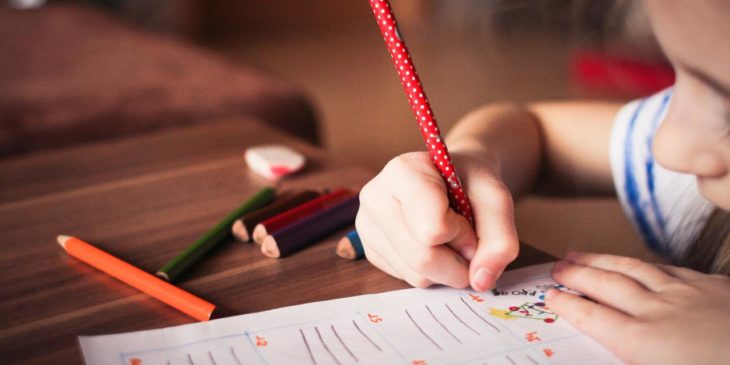
Source: momlifehappylife
Making checklists or to-do-lists are a great way for kids to develop a routine and learn how to follow a schedule. For example, placing a chalkboard or whiteboard and encouraging them to write their chores and homework assignments can be motivating. They can check off everything they have completed and know what else they have to do.
You can let them write everything down themselves or you can do it if their responsibilities are different each day.
9. Kid-Friendly Planner
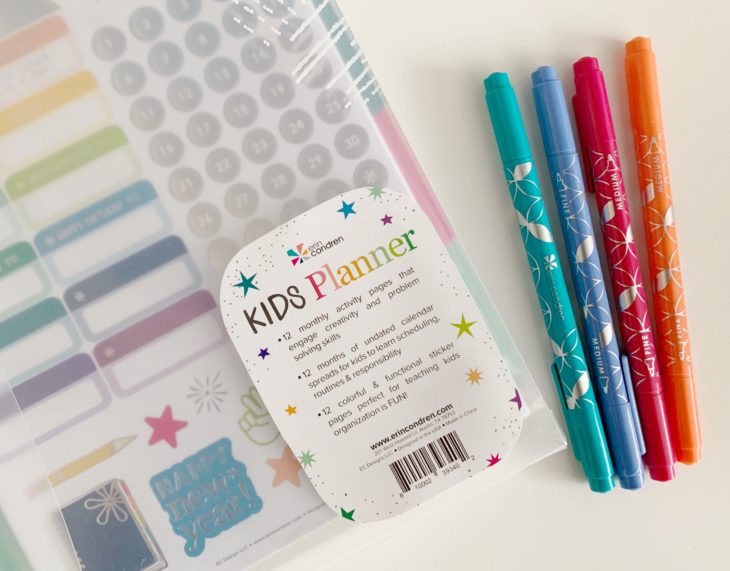
Source: happymessmoments
Teach your child how to use a planner to write down any school projects, assignments, and even their schedules. If they are involved in sports or have other hobbies, you should encourage them to put it down in a planner as well. Playdates, birthday parties, and even school or family trips should also be written down.
Another thing you can do is encourage them to plan their schedules, especially when it comes to studying or planning and completing schoolwork and projects. Have them check it throughout the day to ensure they are following all of their obligations and responsibilities.
10. A Family Calendar
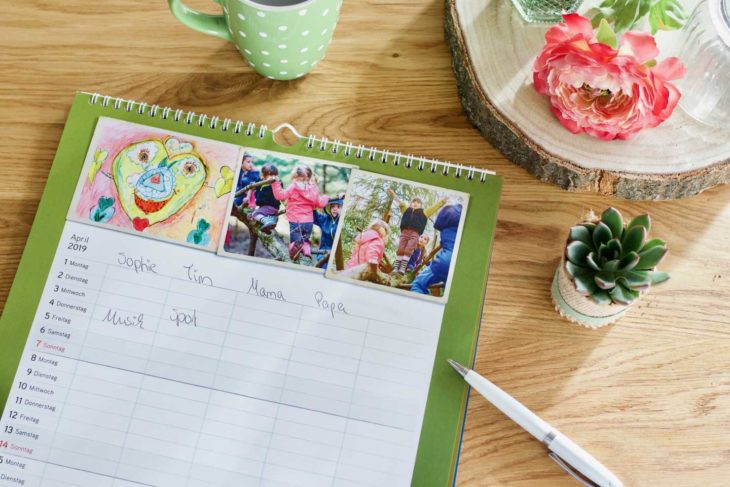
Source: ifolor
Having a family calendar displayed in a highly visible location will serve as a reminder of all appointments, activities, and assignments that will happen or that need to be completed. You can allow your children to enter their desired activities as well.
Have a family sit-down on the weekend and talk about everything that you will have to do in the upcoming week. This is a great way to spend some quality time with your family as well.
Conclusion
Creating healthy habits and establishing a routine will teach your children how to be responsible, follow schedules, and be organized and neat.
With some time and patience, they will start doing everything on their own without needing a reminder and before you know it, you will have a bit more time to rest and relax instead of having to tidy up after your kids.
